The digital world can be overwhelming for a lot of you. There is plenty of content available online today. As the consumer purchase journey is changing with emerging digital technologies and techniques, it is important to keep yourself updated with digital marketing jargons.
During my training sessions, I come across several jargons that my students want answers to.
I have compiled a list of some of the important digital marketing terms that will help you get started.
This list is not the ultimate list but can help kickstart your digital marketing journey.
A/B testing- Aka Split testing or bucket testing. This is a method of testing variations of a webpage or a landing page to determine which one is performing better. Usually, we digital marketers run A/B tests for email campaigns, lead generation campaign, the homepage of a website, etc. Essentially you run this experiment where both the versions of a page are shown to the users at random and with the statistical analysis you can determine which version is performing better for a given goal.
Above the fold– Did you know? In the early days of newspaper publishing, ‘above the fold’ concept was used for the content which appeared on the top half of the front page of a newspaper.
When newspapers were displayed on a newsstand, the headlines and the stories that appeared above the fold were the most visible to attract readers’ attention. As we moved towards online and web design, the term evolved. Today, ‘above the fold’ in digital medium refers to the bottom of the browser or 600 pixels from the top of the page.
Attribution model- is used for analysis to understand the user journey from the first time a user visits your website to the time they become your customer.
Bots (Spider/Web crawlers) is set of program or automated software that crawl the Internet and collect information about different websites.
Cloaking is an SEO technique primarily referred to as black hat SEO technique where content for bots or search spiders is different than what is shown to the users. This technique is used for quick rankings. Recommended not to use.
Ego Bait is a popular link building technique in SEO where the content of a blog features industry influencers. Using this technique, you then encourage influencers to link to your post or share it with their networks. In order to give your blog greater visibility. Create exciting content and see the magic of Ego bait. 🙂
Heatmap is used to analyze user behavior on a website or a webpage. Heatmap is used to show where users clicked, how far the users scrolled down on a webpage or on which link the user has clicked. A great way to
see which content is most engaging on your website.
Hub and spoke- We all know that content is an important aspect to attract visitors on to your website. The hub and spoke strategy is a technique to organize the connection between pieces of content. It adds value to your content by teaching your reader the entirety of a topic.
Example; In this model, the main page (the hub content, like you’re reading now) with a section that mentions each sub-topic. The sub-topic sections link to a series of articles (the spokes). Each article dives in depth
into those sub-topics.

Jacking– The term has been inspired by hijacking. In the digital world, there are a lot of people trying to deceive you for information or stealing your web content.
Page Jacking is a technique where the content of a website is copied
and published on another website making it look legitimate. Then these illegitimate websites are submitted in different search engines for indexing purposes. Not a great technique and can result in a penalty.
ClickJacking– Have you ever clicked on a button or tried to play a video on a web page and to your surprise was taken to another web page, then you have been a victim of clickjacking.
This technique is used to trigger a one-click purchase from Amazon, increase Facebook, Twitter or Instagram followers, download any malware to gain access to your contact details or to get
clicks on ads.
Clickjacking is also known as UI redress, User Interface redress attack, UI redressing.
Keyword cannibalization means that you have various articles or blogs on your website that can rank for the same keyword in Google. If you optimize posts or articles for similar keywords, then your own pages will compete with each other to rank in Google.
For example, if your website sells sarees, and “saree” is the only keyword you target, you’re essentially telling Google that every page is about “sarees” regardless of whether they are silk sarees, cotton sarees, banarasi sarees, etc.
Keyword stemming is a great technique to draw traffic to your website. An example of keyword stemming would be if you took the word “dress” and made additional keywords out of words such as “dresses,” “dressing,” “dressed,” etc. Using keyword stemming on the word “dress” would bring in hits for each of the stemmed keywords when they are searched for in a search engine.
Search engines view these similar keywords as synonyms, which can help extend your reach and help bring in more traffic to your website.
Lead magnet- a marketing term used when you are giving your website visitors any resource or document for free in exchange for their email id or contact information. Lead magnet examples are Ebook, whitepaper,
video tutorial, etc.
Link bait is a popular link building technique where you create an enticing content on your website and other sites link to it because the content is engaging. Few examples of great content for link baiting: search ranking factors and radiation dose chart
A link farm is again a black hat SEO technique whose sole purpose is to increase the popularity of another website by increasing the number of backlinks. A link farm website usually looks like a regular website but with a majority of its content is hyperlinked to random, unrelated websites.
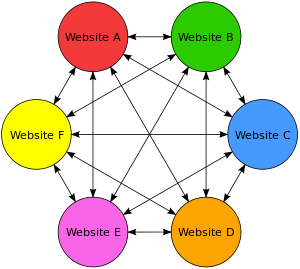
Link wheel a link building strategy or technique designed to affect your rankings for the targeted keywords positively. This process involves creating content on a number of Web 2.0 websites and linking them in a wheel style while linking back to the targeted URL on your website which you want to rank for, using your keyword(s) as the anchor text.
Lookalike audience a popular targeting option available on Facebook. A Lookalike Audience is a way to reach a new audience who are more likely to be interested in your business because they’re similar to your existing audience.
A lookalike audience can be created from people on your email list, website visitors, and Facebook users who engage with your Facebook page or content.
LSI aka Latent semantic indexing is a mathematical method developed back in the 80s to improve the accuracy of retrieving information. It finds the relationships between words to improve information understanding.
This method helps search engine to understand the context of content by identifying synonyms used in the content. If the search engine can
understand your content well then it becomes easy to index and rank for your targeted keyword. It is said that if you use synonyms of target keywords within your content can improve SEO performance. These keywords are called as LSI keywords.
Mirror sites– A website which is an exact replica of an existing site. In a typical SEO audit process, if you come across any website with both versions ‘www.domain.com’ & ‘domain.com’, search engines may look at them as mirror sites and your website rankings may be affected by this. In such cases, you need to put 301 redirects to the original website.
Multi-channel funnel- reports can be viewed in Google Analytics to see the conversion path of your website users. This report shows the sequences of interaction (clicks/referral traffic from different sources) which led up to each conversion.
NAP– This stands for Name, Address, Phone number. A piece of very crucial information for search engines if you wishes to rank for local organic search queries. Search engines look for geo targeted information on your website.
Persona vs target audience-
A target audience is a broad summary of your audience based on demographics, location, income level, etc.
A buyer persona is a detailed summary of distinct individuals of your target audience.
Facebook Pixel- code is placed on your website. It helps collect data to help you track website conversions from Facebook ads, you can build a targeted audience for future ads and also remarket to people who have already interacted with your website. You will come across facebook pixel when you run Facebook or Instagram ads.
PNB– aka private network blog is a collection of high domain authority websites that you can use to link back to your main website. These websites are typically made from expired domains that have good backlinks. Not a recommended technique in SEO as you may invite penalty.
Programmatic advertising– This form of advertising refers to the use of advertisement platform or software for digital advertising. This involves real-time bidding on advertisement inventories, and you can run targeted campaigns as well. Google ads, Facebook ads offer programmatic advertising platforms for your digital campaigns.
Reciprocal links– This process is an agreement between two website owners to provide a hyperlink within their websites to each other’s site.
Remarketing– If you have seen an Ad from a brand as soon as you leave their website, then that brand is running a remarketing campaign. It is a smart way to connect with your website visitors. Remarketing campaigns allows you to position your ads in front of those audiences who have
interacted with your website wherever they browse on the internet. It has a high conversion rate.
RSS feed- (Really simple syndication) – is a way to show the latest content from a source. RSS feed updates automatically. By submitting your blogs RSS feed to different website directories, you are providing another way for your content to get distributed and also may help with backlinks.
Snackable content– is a content that is quick and easy to read. Your audience doesn’t have to dedicate minutes to read or watch your content.
Structured data (Schema/Rich snippet)- is added to your website’s HTML markup. It helps search engines to understand your website structure to help generate rich snippets which are a small set of information that appears in the search result page.
UI/UX– User interface of a website is the graphic design element of a page. UI (User Interface) design is about the look and feel, the presentation and interactivity of a product. UX (User Experience) is a collection of tasks focused on optimizing the effectiveness of the product and ease of use.
User-generated content (UGC)-is any form of content like discussions,
videos, images, memes, posts created by your users on digital platforms.
Web 2.0– It is basically the 2nd generation of world wide web. The first generation (Web 1.0) focused on simple static websites. Whereas, Web 2.0 focuses on user-generated content, ease of use to create and share content. Web 2.0 websites are social media sites, blogs, video sharing sites, etc.
Wireframe– In a website design process, the first step is to creating wireframes. A wireframe is a skeleton or layout of a page’s interface that focuses on space and content prioritization, functionalities, and user behaviors.
Keep yourself updated with the digital marketing terms, lingos, jargons and buzzwords constantly. If you come across any new digital marketing jargon, don’t forget to leave a comment below to include it in the above list of digital marketing terms.

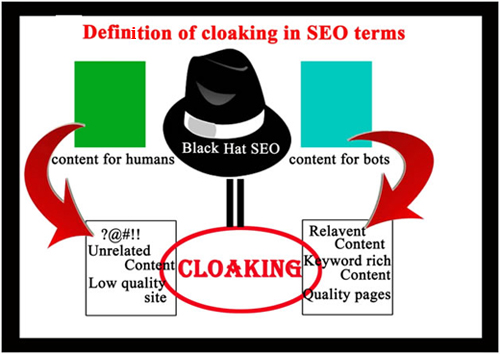
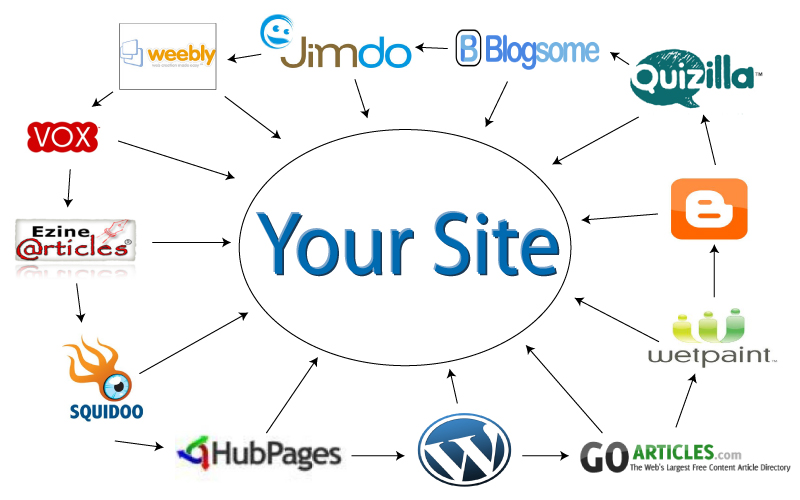
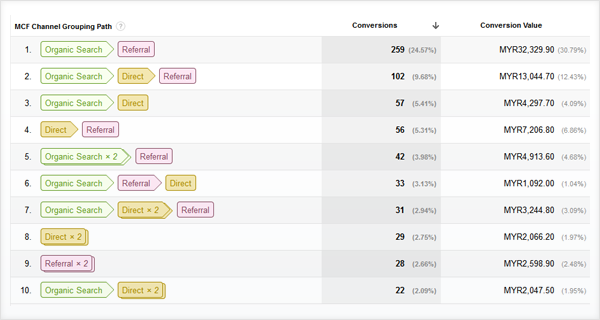



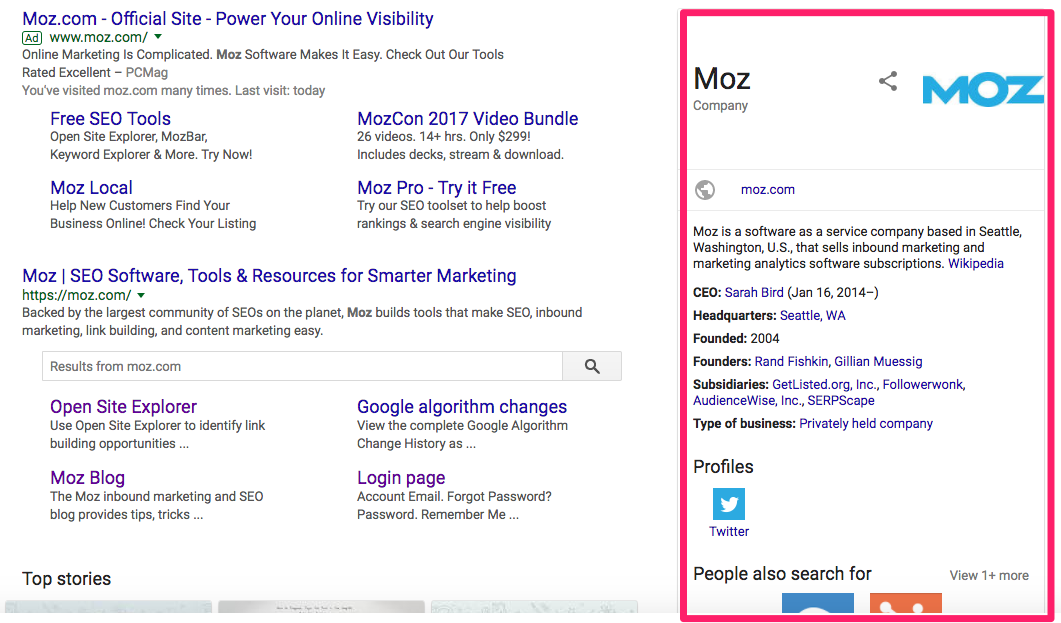

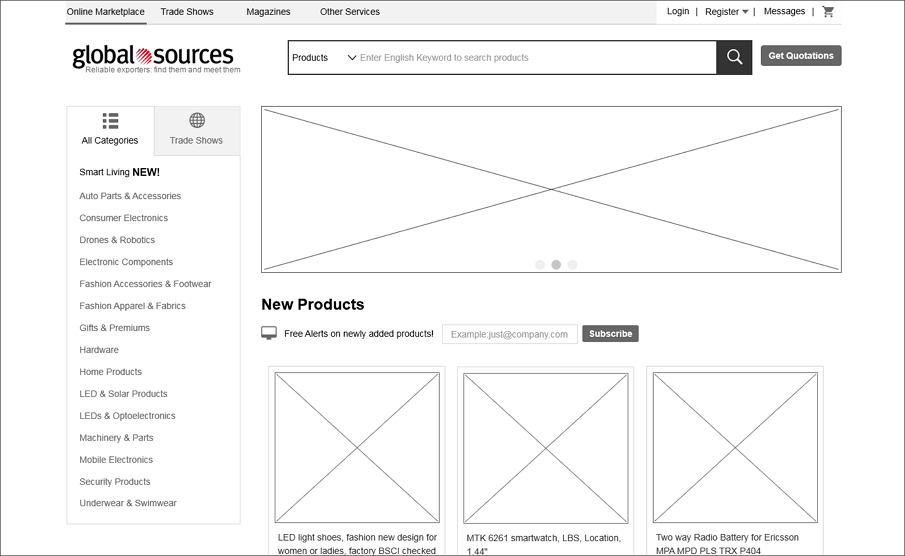
Thank you for the mail. And this is a very informative article.
Jojan George
Thank you George. 🙂
V well explained!
Hey Thanks Richa 🙂